As Ons Jabeur puts it, the relationship between Tunisians and Roland-Garros runs deep.
“A lot of Tunisians know tennis by Roland-Garros,” she says in an interview with rolandgarros.com. It’s how they get introduced to the sport.
Tunisian not discouraged by injury-interrupted build-up to RG
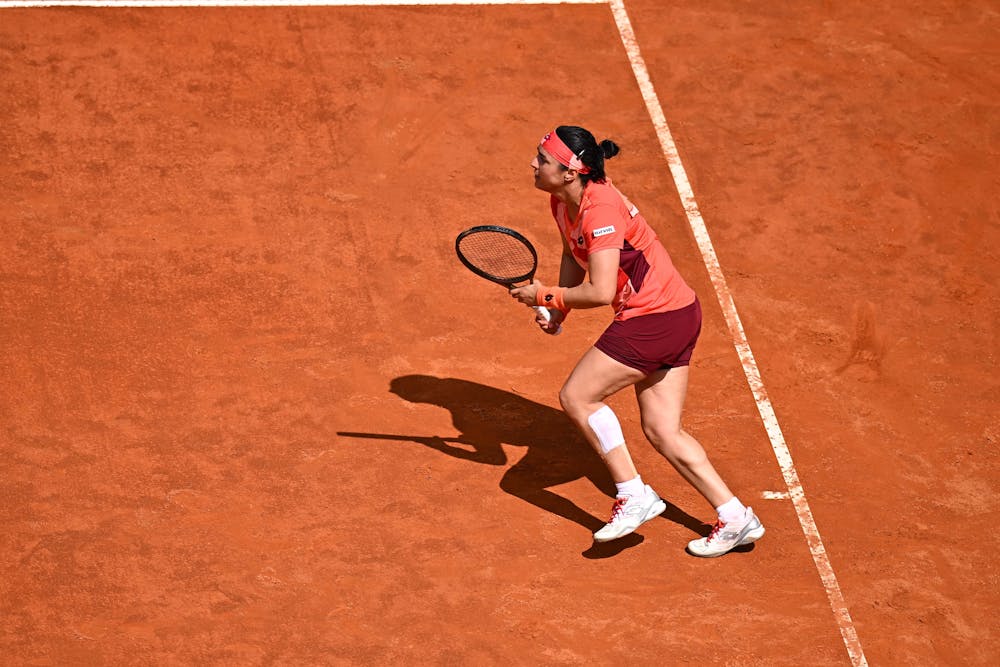
As Ons Jabeur puts it, the relationship between Tunisians and Roland-Garros runs deep.
“A lot of Tunisians know tennis by Roland-Garros,” she says in an interview with rolandgarros.com. It’s how they get introduced to the sport.
Indeed, North African nations are avid watchers of the Parisian Grand Slam, and everyone grows up playing tennis on clay, the predominant surface for the majority of courts available in that region.
Excelling on Paris’ terre battue is what initially put Jabeur on the global tennis map.
After reaching the girls’ singles final in 2010 and eventually falling to Elina Svitolina, a 16-year-old Jabeur returned to the junior championship decider at Roland-Garros 12 months later and won the title against Monica Puig, becoming the first Arab female in history to win a Grand Slam crown.
The North African has come a long way since then, rising to a career-high No.2 in the world, thanks to a consistent 2022 season that saw her make two major finals – at Wimbledon and the US Open – and capture a maiden WTA 1000 title in Madrid.
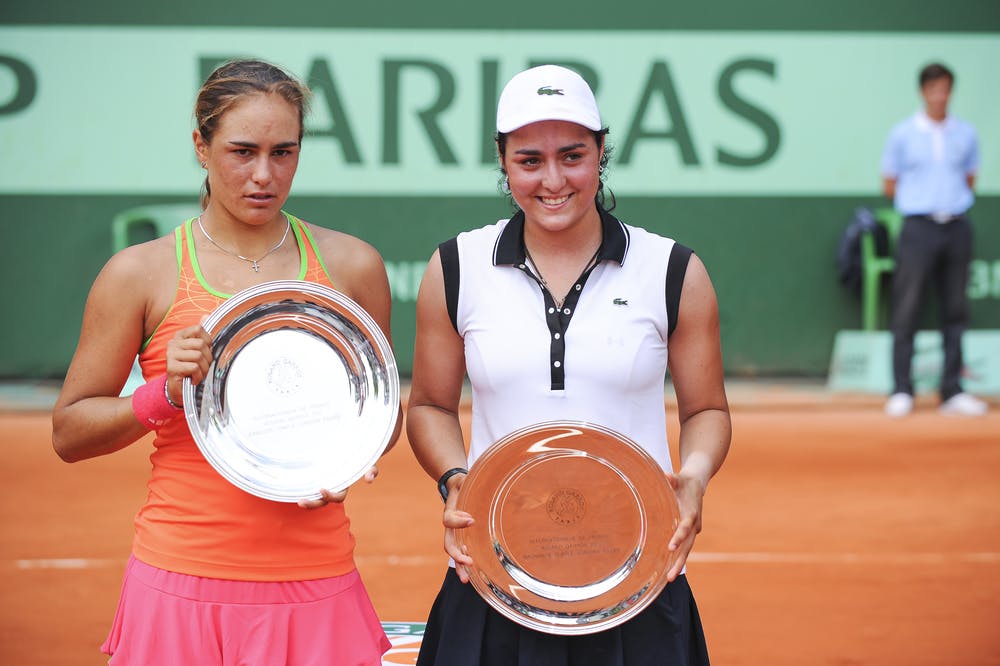
Along with her triumph in the Spanish capital, Jabeur’s clay campaign last year included runner-up showings on green clay in Charleston and red clay in Rome, as well as a quarter-final appearance on indoor clay in Stuttgart. She was considered one of the top favourites behind Iga Swiatek heading into Roland-Garros but suffered a shock opening-round exit at the hands of the always-tricky Magda Linette.
She turned that disappointment into positivity that fuelled her historic run to the Wimbledon final just a few weeks later.
Health issues interrupted Jabeur’s 2023, forcing her to miss the Middle East swing in February.
After early defeats in Indian Wells and Miami, the Tunisian found her fitness and her game as she stormed to the title in Charleston, avenging her defeat to Belinda Bencic at the very same stage from the previous year.
“I think that title meant a lot because we had a great week of training, without any pain, without suffering, and then match by match you gain more confidence,” she said reflecting on that run on Charleston’s green clay.
“I feel like I was playing correct tennis, I was playing the tennis that I needed to play and everything went my way. I played, I think, the best final of my career. Everything was meant to be there.”
With the wind in her sails, Jabeur flew to Stuttgart and knocked out Jelena Ostapenko and Beatriz Haddad Maia to set up a mouth-watering semi-final against world No.1 Swiatek. During the opening points of that showdown however, Jabeur sustained a small tear in her calf that left her no choice but to tearfully retire just three games in.
Another three weeks on the sidelines ensued as Jabeur watched her peers competing in Madrid from afar, unable to try to defend her title there.
Her return to action last week was brief as she drew fellow former world No.2 Paula Badosa in her Rome opener and lost in straight sets. Still Jabeur is not too discouraged, especially that she showed signs of finding her rhythm in the second set against Badosa, who dropped out of the top 30 this month and is making her way back up the charts.
“You just keep going and remember who you are, remember the ranking that you were,” said Jabeur.
“For me, I feel that the game is there, you just need to get back in shape physically and everything, and see what could happen. The draw did not help at all in Rome. I wish I had an easier draw, but it is what it is, it’s tennis and maybe it’s time for Paula to get back to where she belongs.”
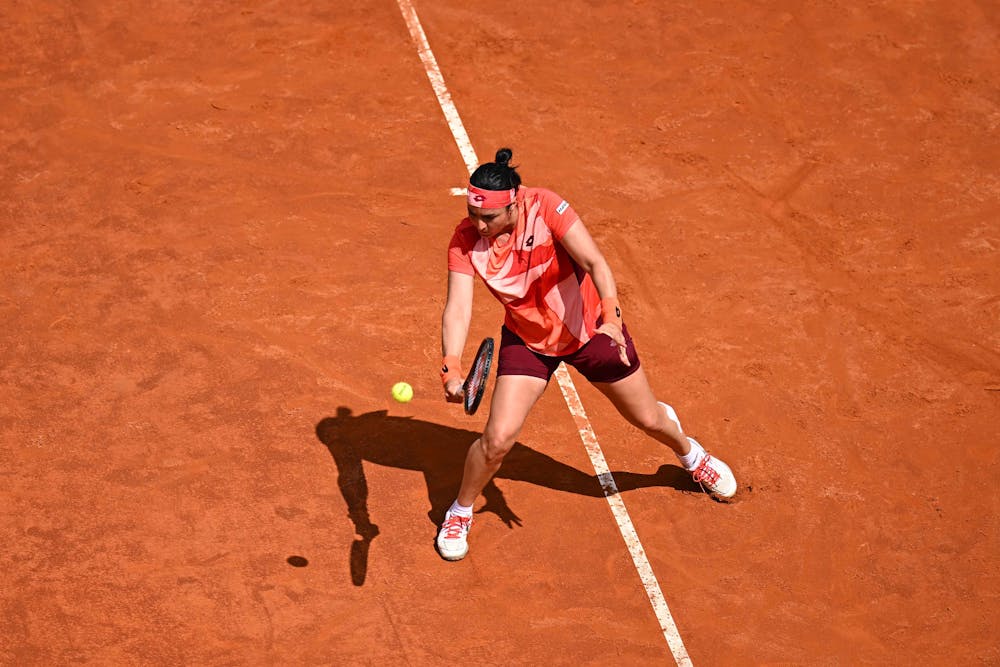
Jabeur can play on any surface but her game can be particularly suited for the clay, where she has time to prepare for her shots and can utilise her famous drop shot to devastating effect.
Last month, two-time Roland-Garros champion Swiatek said she considered herself and Jabeur to be the best two players on clay from the current crop. Jabeur does not disagree.
“I think I am actually (one of the best on clay). Iga is really amazing and I’m honoured that she said that,” said the 28-year-old.
“The main key is that you adapt to clay, to grass, to hard courts; it’s very difficult to find a complete player. I love clay, I love playing on clay; it’s probably the only surface that I don’t need matches under my belt to play good, and I showed that in Charleston.”
Jabeur’s hopes for Roland-Garros remain the same, whether she is approaching it in red-hot form or short on match-play. It is surprisingly the only Grand Slam where has yet to reach the quarter-finals, with her best results in Paris so far being two fourth-round outings in 2020 and 2021.
“Maybe it doesn’t matter if you have a lot of matches coming in or the confidence is high. Maybe this year is better that I have no matches under my belt and just trying to get through the journey,” she explains.
“For me, maybe I have less pressure this Roland-Garros but you know I like pressure, so I’m trying to find the good pressure to keep me alive and play a good game.
“The thing that maybe worries me is that I want to be physically 100 percent; that’s going to help me get more matches and if I can do that, if I can have a good two weeks of practice, I think I will be able to have great results at Roland-Garros.”
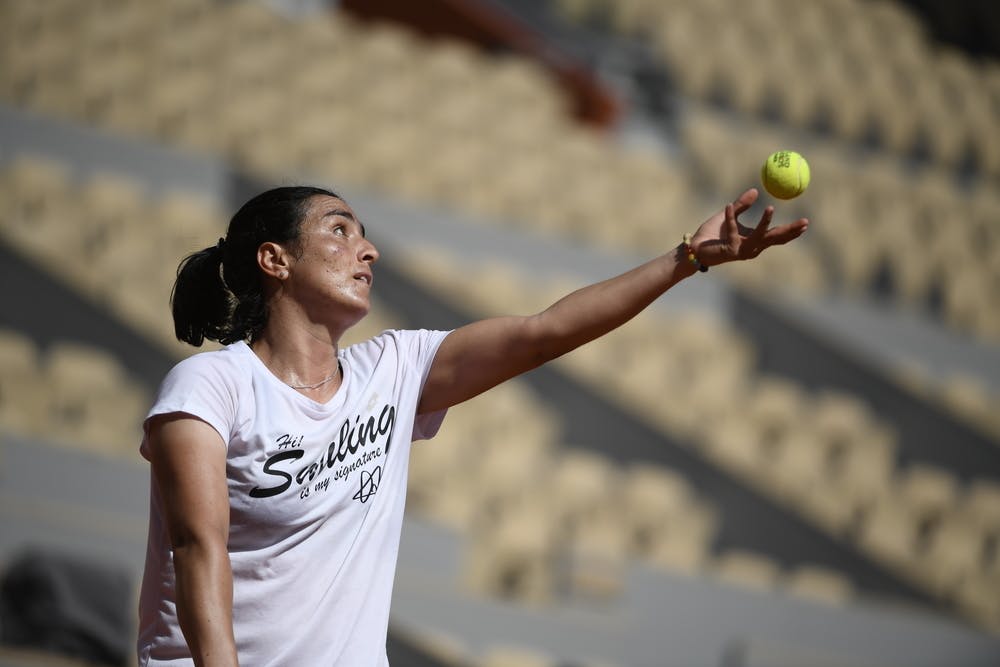
While she was injured, Jabeur got to watch the world’s top two, Iga Swiatek and Aryna Sabalenka square off in back-to-back finals in Stuttgart and Madrid, splitting the titles at those two tournaments.
The top players in the women’s game have been showing great consistency over the past couple of years, with stars like Swiatek, Sabalenka, Jabeur, Elena Rybakina, Jessica Pegula and many others becoming frequent protagonists in the latter stages of the big events.
It’s something some fans have been craving to see on the WTA tour but for Jabeur, the game is always interesting, whether the results are expected or not.
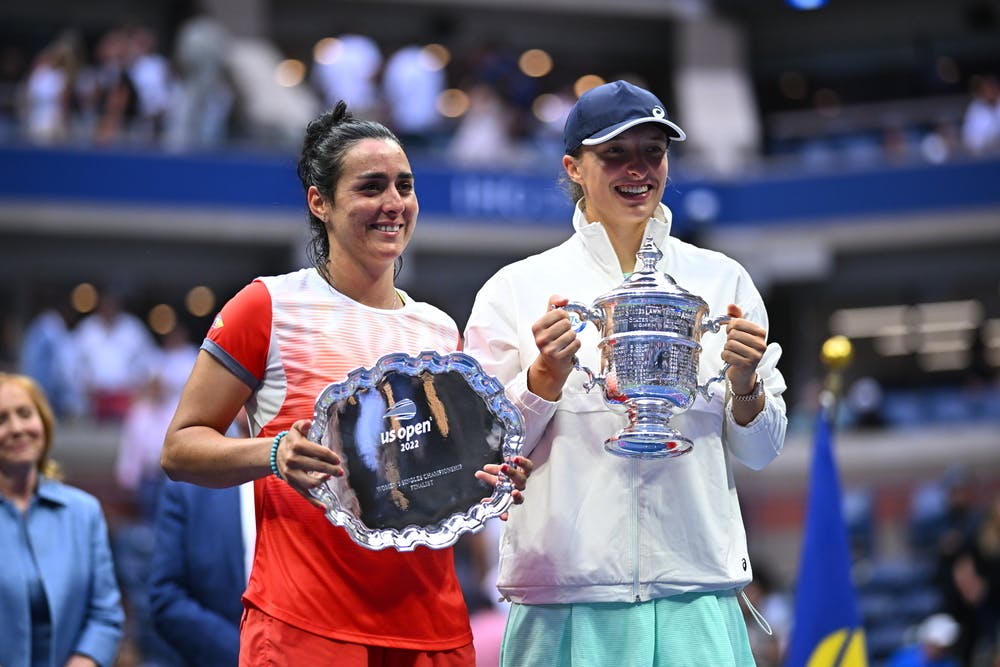
“I wasn’t against not knowing who is going to win the tournament, because changing things up is good; otherwise fans can get sick of seeing the same faces,” said Jabeur, who is one of the stars of Netflix’s tennis docu-series Break Point.
“But it’s good to see that players maintain a certain position on the WTA ranking. But it’s also interesting to challenge those players, I’ve always admired this. I believe that women’s tennis in general is a very pretty game. No matter who is playing, if you’re truly a fan of tennis you will enjoy No.500 playing against No.80.
“For me, it’s very nice to see other people trying to challenge top players and that’s maybe how the journey starts; top players are now here because they challenged top players back at the time. That’s a beautiful story to see too.”
Jabeur’s earliest memories of Roland-Garros come from her junior days and she admits she didn’t watch too much tennis growing up, preferring to be on court rather than be a spectator on a couch at home.
Even now, she doesn’t spend too much time watching tennis but there are a few players she particularly enjoys scoping out.
“Probably I wouldn’t watch the full match, but I am impressed by Aryna’s power game, I’m impressed by Iga’s mentality on the court, how she doesn’t give up anything. I like watching Petra Kvitova doing some crazy shots, doesn’t matter where she is. A lot of players. Something that I don’t have probably, I would want to watch. The opposite of my game,” she says.
Jabeur flew to Tunisia from Rome for a week of practice before she continues her preparations for Roland-Garros in Paris.
While others may head straight to their favourite restaurant or landmark once they touch down in the French capital, Jabeur has a different routine – the first thing she does upon her arrival is going to see her baby niece and newborn nephew, who live with her sister and brother-in-law not too far from Roland-Garros.
With family in her corner and a couple of weeks of good practice in the bag, Jabeur can definitely find a way to make waves in Paris.